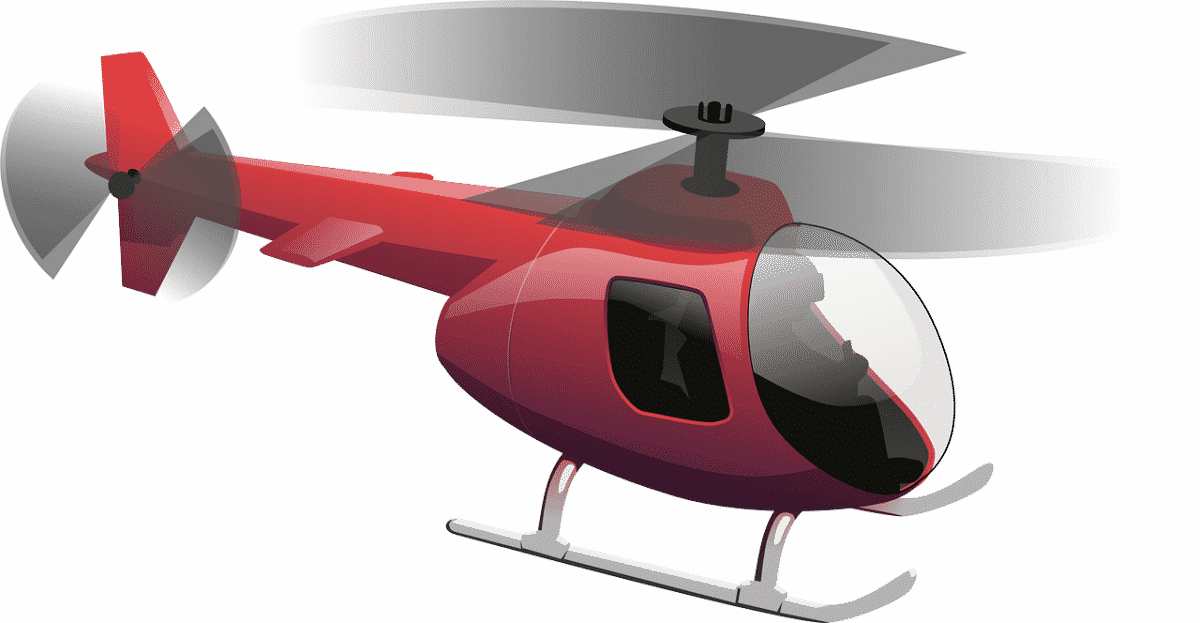
Helicopter gearboxes have a constant speed. This is reflected in high fuel consumption and fixed flight characteristics. Vari-Speed, a new type of gearbox with variable speed, is intended to change this.
Helicopter gearboxes are subject to different concepts than those of vehicles. In car engines, the gear shift enables operation with the lowest possible fuel consumption. By shifting from one gear to the other, the engine can remain within the intended speed range and thus consume as little fuel as possible. There is no gear change in helicopter gearboxes. The rotor speed remains constant and fuel consumption cannot be regulated.
CONSTANT SPEED
“If the rotor were suddenly disconnected from the drive with the aid of a clutch, the aircraft would immediately sink dangerously, so the power flow must remain upright even if the speed changes,” explains project manager Hanns Amri from the Institute of Engineering Design and Product Development at Vienna University of Technology. He also says that double-clutch gearboxes, as known from the automotive industry, are not suitable for helicopters. Due to the speed difference at very high torques between the drive side and the rotor side, the wear on the clutch element would be extremely high, according to the expert.
FIXED FLIGHT CHARACTERISTICS
A characteristic feature of helicopter propulsion is that the motor and rotor are firmly connected to each other. The speed is designed for very specific tasks and the flight characteristics are fixed. Amri had already researched a solution for a more flexible system in his dissertation at the TU Vienna. The result of his research work was a helicopter gearbox with variable speed. The transmission ratio of drive and rotor can be infinitely varied. The gear consists of two coupled planetary gears and does not require a coupling.
The helicopters can thus reach higher speeds, the noise level is reduced and the power limit is increased so that the helicopters can be used for a wider range of missions,”
explains Professor Michael Weigand, Chairman of the Institute of Engineering Design and Product Development and Head of the Department of Machine Elements and Aerospace Transmissions at the Vienna University of Technology.
ROTOR BLADE DESIGN
To enable these flexible speeds, it was not enough to develop a new gearbox. The design of the rotor blades also had to be changed. Not taking the natural frequency of the components into account would be synonymous to a resonance catastrophe at certain speeds. The research team was supported in this task by the specialists for the design and layout of rotor blades from the Technical University of Munich.
AUSTRIAN DEVELOPMENT PARTNER
The researchers of the TU Vienna contributed their competence in gear concept as well as tribology and optimization of gear lubrication. The term tribology describes the science of friction, wear and lubrication of bodies moving against each other. The development partner was the Austrian helicopter transmission specialist Zoerkler, who brought in his experience in the manufacture and operation of gearboxes.
EXPERTISE FOR ROTARY-WING AIRCRAFT
The TU Vienna combines a number of expertise in the construction of rotorcraft. These range from the mass estimation of the drive train in the preliminary design to the conception and development of the drive train to qualification and approval.
CERTIFICATION AND MARKET STRATEGIES
The safety standards for aircraft are extremely high. Certification plays an important role in the design process. Important testing machines and measuring instruments are available at the TU Vienna. Weigand explains that cooperation partners can also be supported in the approval of equipment. Things that cannot be tested in-house are tested in cooperation with the Technical Testing and Research Institute (TVFA). This is jointly operated by TÜV Austria and TU Vienna.
Helicopters are the only commercially available aircraft that can take off and land vertically. This makes them particularly interesting for forward-looking air mobility concepts in urban agglomerations. Weigand and Amri estimate the market opportunities for the new helicopter gearboxes with variable speed to be high. However, it could be seven to ten years before the new generation of rotorcraft is ready for the market and certified.
The technology can be seen for the first time in specialist circles at the Salon International de l’Aéronautique et de l’Espace (SIAE) in Paris Le Bourget from 17 to 23 June 2019 in Hall 4 Stand G17. Zoerkler, the aviation specialist, will also be presenting the complete propulsion system he developed for the Russian Ka-62 helicopter.
Read more about the TU Vienna at the SIAE under this link.
